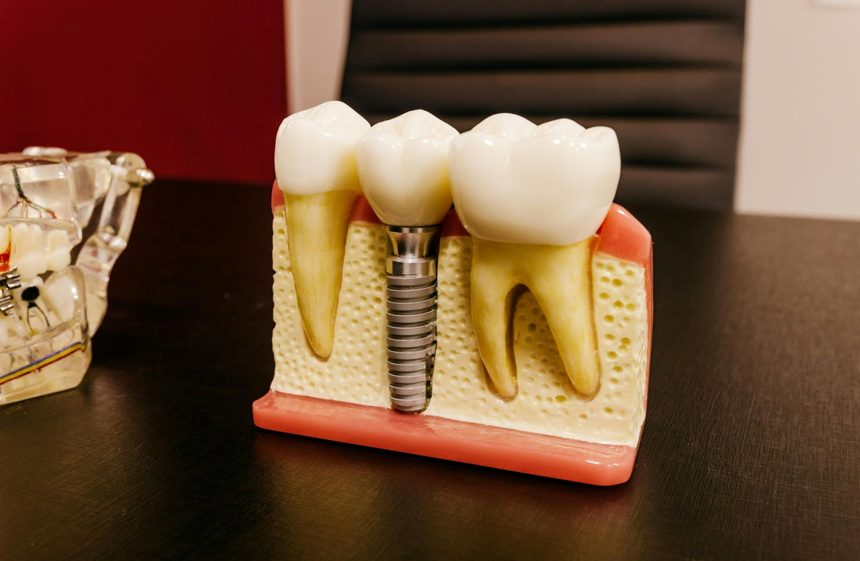
@ShahidNShah


Orthodontics has never stood still, and the rise of clear aligner therapy has opened the door to even more innovation. One of the biggest shifts in recent years is the role of tele-dentistry and remote monitoring. Instead of visiting the office every few weeks, many patients now send progress photos through apps, receive feedback virtually, and reduce their in-person check-ups.
For busy adults, this sounds like a dream. But is remote monitoring the future of aligner care, or are there risks hidden behind the convenience? The truth lies somewhere in between.
Not everyone has the time to step away from work or family every month for a quick dental check. Remote monitoring lets patients stay on track without losing hours in traffic or waiting rooms.
Instead of waiting weeks for the next appointment, patients can submit a scan or photo and receive instructions within days. If a tray isn’t fitting properly, adjustments can be made quickly.
Tele-dentistry can make orthodontic supervision more accessible in rural or underserved areas. Patients who might otherwise skip treatment can now participate more easily.
Photos are useful, but they can’t replace hands-on evaluation. Subtle shifts in bite alignment or issues below the gumline are difficult to detect virtually.
Some patients interpret remote convenience as a green light to skip in-person visits entirely. That’s when problems like poor fit, tooth wear, or even gum inflammation go unnoticed.
Orthodontic care isn’t only about teeth. In-person visits allow for conversation, reassurance, and education. Apps can’t fully replicate the trust built through face-to-face care.
Many patients feel more accountable when asked to upload photos regularly. The act itself becomes a habit that keeps them engaged with their treatment.
Some platforms show patients side-by-side comparisons of their smile over time. Seeing real progress boosts motivation and increases compliance.
Remote check-ins are most effective when used as a supplement to in-person care, not a replacement. They help catch issues early while keeping treatment efficient.
Every mouth is different. Relying too heavily on algorithmic assessments risks missing nuances in individual cases.
A clinician’s trained eye picks up on details no app can. Digital tools should empower, not replace, orthodontists.
Marketing sometimes paints remote monitoring as effortless. Patients still need discipline to wear aligners 20–22 hours daily and follow hygiene recommendations.
The most successful aligner journeys use a hybrid approach: remote tools for efficiency, combined with periodic in-person visits for comprehensive evaluation.
Practices that offer modern orthodontic options like clear aligner treatment are increasingly integrating both methods, giving patients flexibility without sacrificing oversight.
Remote monitoring cannot fix non-compliance. Patients who fail to wear trays consistently will experience delays, regardless of the technology.
Even with virtual check-ins, aligner care demands consistent cleaning to prevent staining and plaque build-up. Providers can only advise — patients must do the work.
Some patients hesitate to admit when trays don’t fit or cause discomfort. Without honest reporting, remote systems can’t provide accurate feedback.
Artificial intelligence may soon analyze scans more effectively, flagging potential issues for clinician review.
Imagine aligners that sync with apps, reporting wear time automatically. This type of technology could improve compliance tracking.
The future is likely hybrid: a combination of technology-enabled efficiency with trusted in-person expertise. Patients will have more choice, not less.
Consider a young professional balancing work travel and treatment. Remote monitoring allowed them to stay on schedule, but periodic office visits revealed minor bite adjustments that digital photos missed. Without both approaches, their final result might have fallen short.
Stories like this show that technology alone isn’t enough. It’s most effective when paired with the human judgment and reassurance only a provider can offer.
Remote monitoring is reshaping aligner therapy by making treatment more flexible, engaging, and accessible. Yet, it cannot fully replace professional evaluation. The right approach blends the efficiency of tele-dentistry with the precision of in-person care.
For patients, the message is clear: enjoy the convenience, but don’t skip the visits that matter. And for providers, the challenge is to design care models that patients actually follow — models that combine innovation with the reassurance of hands-on expertise.
With practices offering clear aligner treatment in both traditional and tech-enabled formats, patients can look forward to the best of both worlds: confidence in their smile and trust in their care.

Selecting the ideal location to buy practice suture kits can be daunting. There are so many types available that finding a proper one is crucial, as you must find one that offers the best quality. …
Posted Oct 5, 2025 Fundamental Technologies Health Technology
Connecting innovation decision makers to authoritative information, institutions, people and insights.
Medigy accurately delivers healthcare and technology information, news and insight from around the world.
Medigy surfaces the world's best crowdsourced health tech offerings with social interactions and peer reviews.
© 2025 Netspective Foundation, Inc. All Rights Reserved.
Built on Oct 6, 2025 at 2:00pm